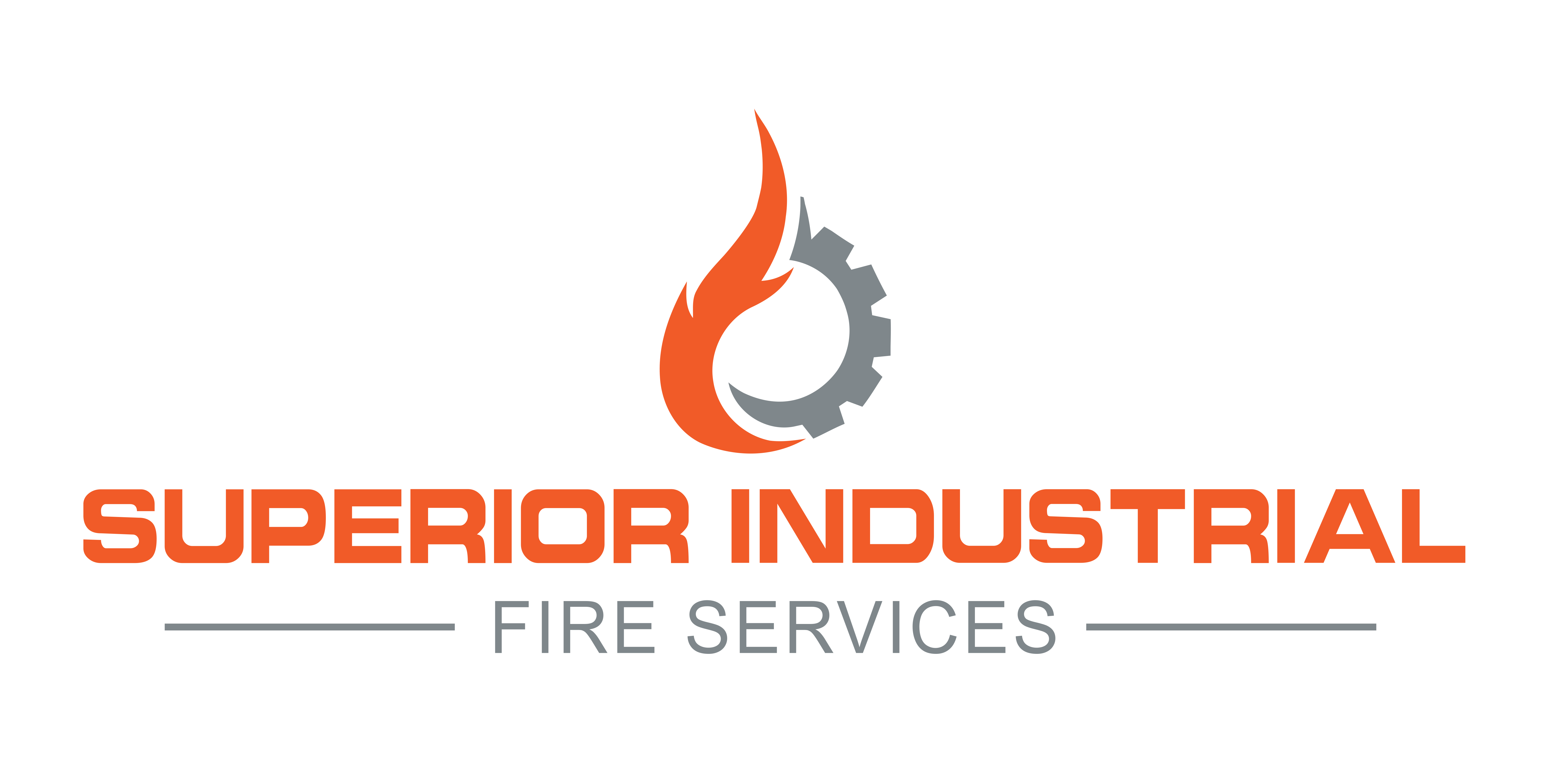Superior Industrial Fire Services, Inc.
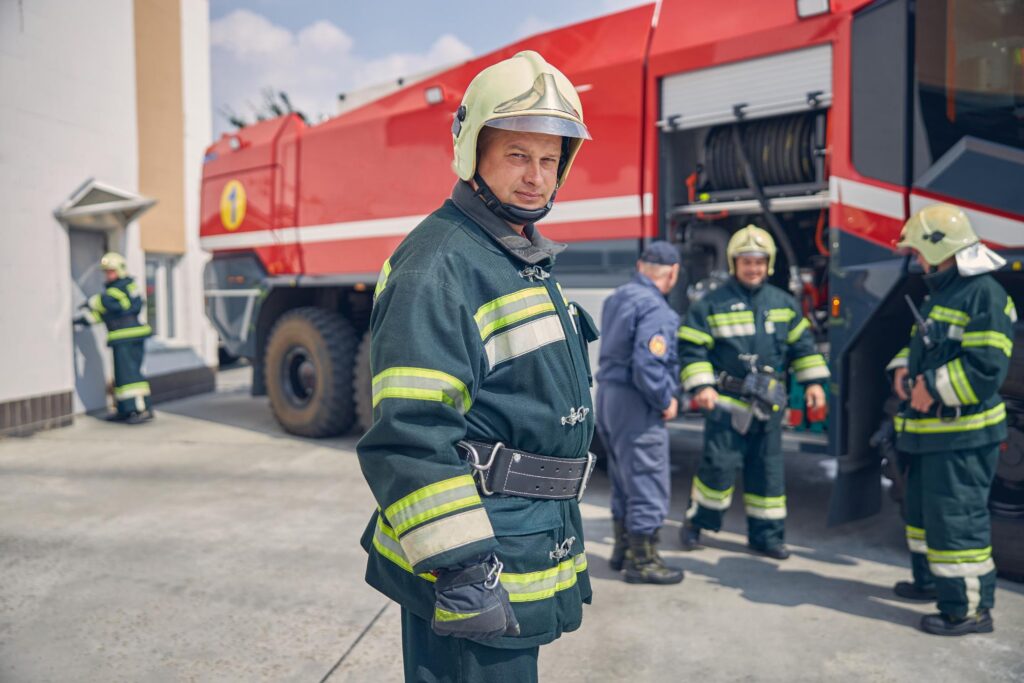
Fire risk mitigation is essential for maintaining a safe, efficient, and compliant industrial facility. Superior Industrial Fire Services (SIFS) is committed to providing top-tier fire prevention solutions for businesses across the United States. Fire risks in industrial environments can have severe consequences, including property damage, production downtime, and threats to employee safety. By understanding and implementing effective fire risk mitigation strategies, facility managers can significantly reduce these risks and protect their operations.
The first step in mitigating fire risks is identifying and assessing potential fire hazards within your facility. This involves a thorough examination of the physical environment, operational processes, and materials used.
Common Industrial Fire Hazards:
Once these hazards are identified, a risk assessment should be conducted to evaluate the likelihood of each hazard causing a fire and the potential damage it could inflict.
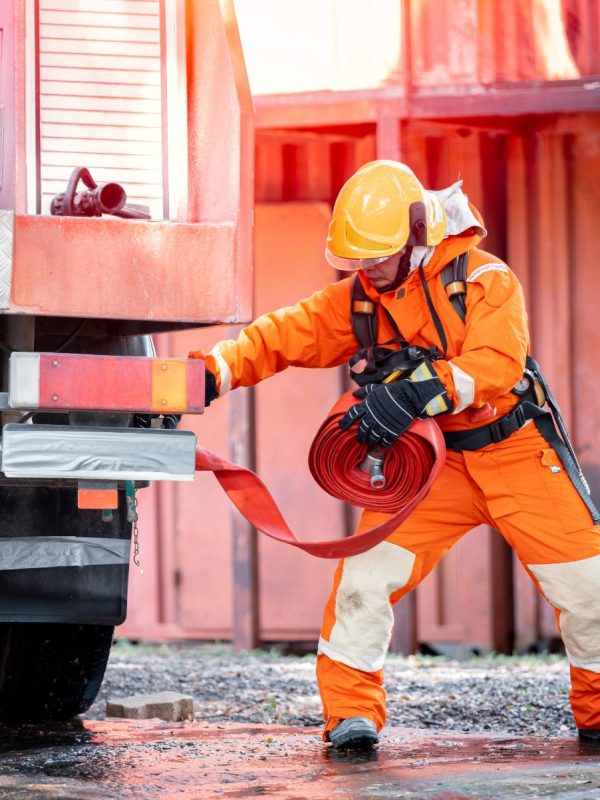
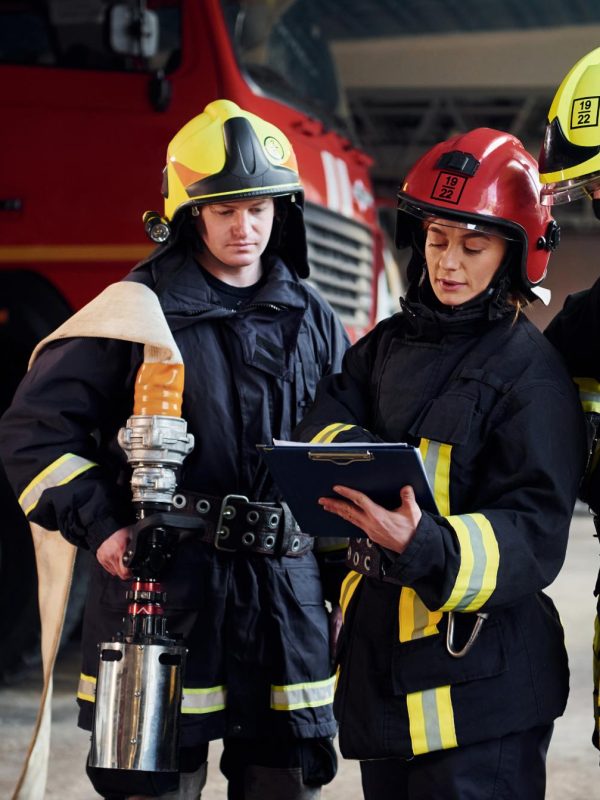
Mitigating fire risks requires implementing proactive fire prevention measures that target the most significant hazards within your facility. These measures not only minimize the likelihood of fires but also ensure a rapid response in the event of an emergency.
Key Fire Prevention Strategies:
By addressing fire hazards proactively, industrial facilities can significantly reduce the chances of a fire breaking out.
In addition to preventing fires, it’s essential to have systems in place that contain and control fires if they do occur. Fire containment systems help limit the spread of flames and smoke, minimizing damage and protecting personnel.
Important Containment Systems:
These systems should be regularly tested and maintained to ensure they function correctly when needed.
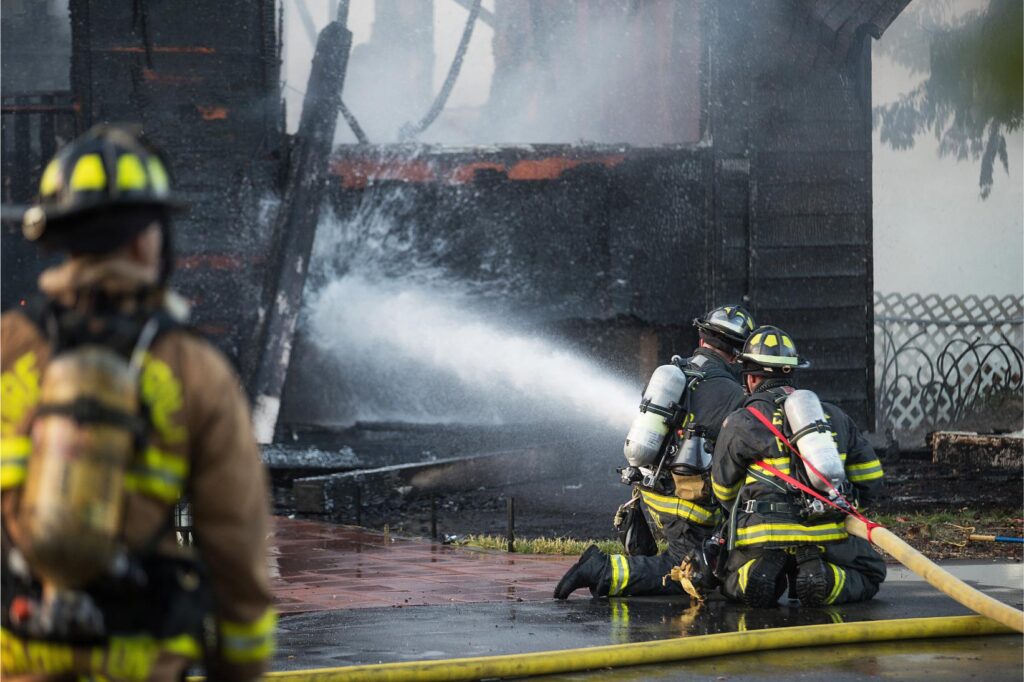
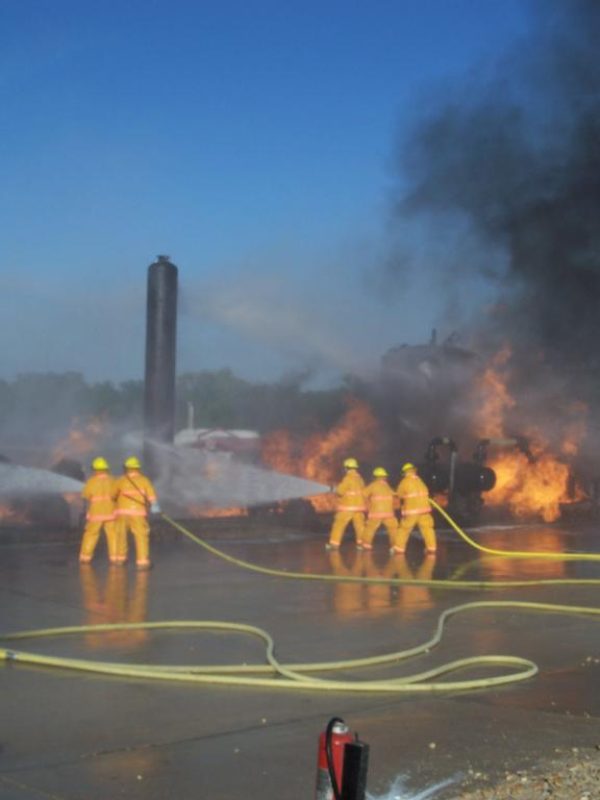
No fire risk mitigation strategy is complete without a detailed emergency response plan. This plan ensures that in the event of a fire, employees know how to act swiftly and safely.
Key Elements of an Emergency Response Plan:
A well-structured emergency response plan minimizes confusion and panic during a fire, improving overall safety outcomes.
Superior Industrial Fire Services understands the unique fire risks industrial facilities face. With our focus on safety, efficiency, and reliability, SIFS provides comprehensive fire risk mitigation solutions tailored to your facility’s needs. From fire hazard identification and risk assessments to installing state-of-the-art fire suppression systems and developing emergency response plans, SIFS ensures your facility is protected. By partnering with SIFS, you gain the expertise and support of a leader in industrial fire safety across the United States. Trust Superior Industrial Fire Services to help you implement effective fire risk mitigation strategies and protect your most valuable assets.
